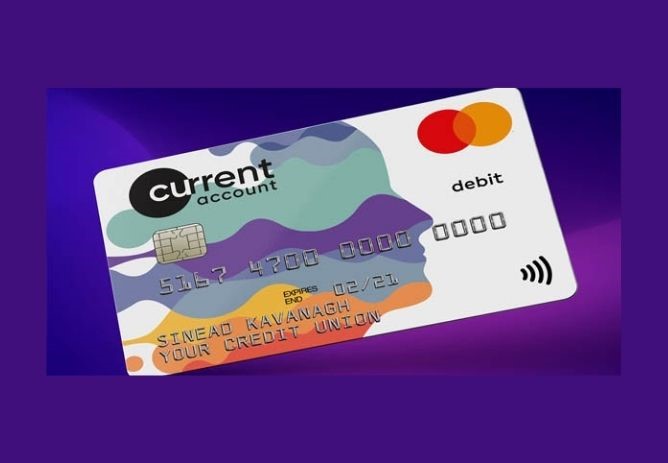18 November 2019
How to Switch your Current Account | Comhar Linn
Switching your Current Account
When it comes to picking the bank which will look after all you will ever earn or spend during your lifetime, most of us have it licked from the age of 8. We’re not any more financially astute at that tender age, but it is the first time many of us acquire our first ‘real’ money and need somewhere to put it.
Holy Communion may not have the hold it once did religiously, but as a money spinner, it pinpoints the time children realise the potential of capital earnings, albeit, in gift form.
Banks are not entirely altruistic (perish the thought!) - they are acutely aware that in apathetic Ireland, where people are more likely to change their spouse than their bank account - once they have you at 8, they have you for life.
Indeed, it is why banks reserve their best deposit rates for children’s accounts. 2.25pc versus 0.1pc for adults in one ‘pillar’ bank!
The Central Bank found last year that just 1,542 people switched account, despite competition, education and information.
When the Switching Code guidelines were implemented, the Regulator was able to state, with some satisfaction that 99pc of account switches were completed within the 10-day limit. As it turns out, the remaining 1pc is the mystery, so few are there. Credit Unions have applied to be included in the Code but switching is easy (see panel).
More than €31 billion is held in 5.3 million current accounts. Yet most of us are clueless about bank charges. But switching can save you money, and is definitely worthwhile.
CurrentAccount.ie
The Credit Union’s new offering, in some 30 Credit Unions, competes well, without the razzamatazz, most of which is nice-to-have rather than need-to-have anyway.
The lack of transaction fees is a big plus, as customers know their outlay is fixed. Credit Unions have come first (again) in customer experience survey (CXi) for 2019 and they particularly like staff who make banking a very simple (and human) process.
Most of all, it’s local, and customers time and time again say that ‘knowing’ the staff is a big plus, when compared to anonymous, computerised, automated processes banks increasingly employ to keep customers away from branches.
E-Banking
Online disrupters Revolut and N26 are busy signing up Irish customers, over 200,000 of them in the case of the former, which isn’t even a bank at all. Under 30s love Revolut for the ease of moving money, splitting bills with friends and the cool metal debit card. Customers get push notifications a fancy budgeting app and you can send cash to people in your phone contacts list without knowing their bank details.
It even has a funky change collector which ‘rounds up’ all your spare change and sticks it in a savings account.
Both offer some free services if you don't use them too much, and charge heftily if you do. There are no loans, overdrafts or street presence, yet.
Retail Banking
Most ‘high street’ banks have improved their product enormously. They’ve had to. AIB and KBCs apps are good with budgeting pictorials showing breakdown of spending habits. Ulster Bank has a savings goal feature allowing you name your savings. PTSBs Explore account lets you 'earn' money when you spend in partner shops, up to €5 p.m., as does An Post through its smartaccount.ie product.
But they all charge, and most, a lot. Usually a quarterly account maintenance fee and/or transaction fees for individual things like ATM access, lodgements or moving money around.
MAKING THE SWITCH
- Step 1: Pick a provider (some credit unions operate within Common Bond areas only). Ask about requirements to open an account which will typically involve ID (proof of identity, address and PPSN), just €10 to get started, and complete an application.
- Step 2: Tell your employer (and anyone else who pays you regularly, e.g. social welfare) that you have switched account. Your new IBAN code will suffice and perhaps a bank statement.
- Step 3: Pick a switching date when activity on your account is low (e.g. not just after payday when most of your automated outgoings are enacted).
- Step 4: Ask the bank to transfer standing orders and direct debits. If you have any originating outside Ireland or streaming/music services you’ll need to contact providers directly.
- Step 5: You can keep your original account open for a month until you’re satisfied everything is transferred over, but you will be charged bank fees for that month. Don’t write any new cheques.







